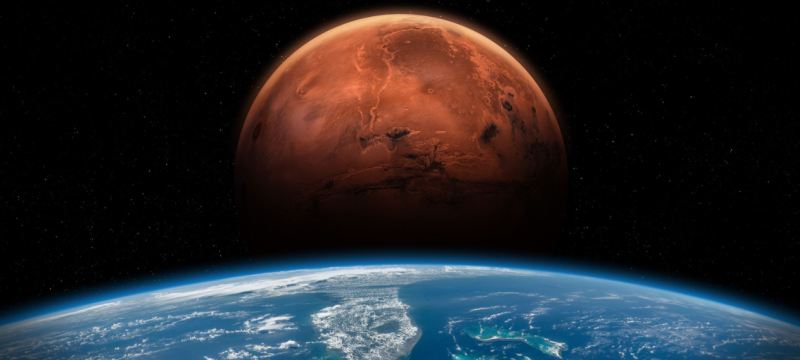Mars may once have been a planet of rainstorms and rivers, not just ice and dust, according to a groundbreaking new study from the University of Colorado at Boulder. Published in the Journal of Geophysical Research, the study challenges long-held theories by suggesting that precipitation, not just melting ice, carved the valleys still visible today on the Martian surface.
Using advanced computer simulations, researchers compared two major theories: one where Mars remained mostly frozen with only occasional melting, and another where rainfall and snow were common enough to feed a sustained erosion system. The latter, they found, better explains the wide elevation range of Martian valley networks, particularly near the equator.
Also Read: NASA Unveils Stunning Panoramic Images of Mars’ Terrain
“You could pull up Google Earth images of places like Utah, zoom out, and you would see similarities to Mars,” said Amanda Steckel, the study’s lead author. Their models showed that rainfall could create the dense, branching channels that appear to drain into ancient Martian lakes or oceans—features currently being explored by NASA’s Perseverance rover.
Simulated rainfall scenarios produced terrain strikingly similar to Mars today, reinforcing the possibility of a once wetter, warmer climate billions of years ago. Co-author Brian Hynek noted, “Once the erosion from flowing water stopped, Mars almost got frozen in time.”
While the findings don’t definitively prove Mars once had a rain-fed hydrological cycle, they do offer a compelling glimpse into its potential Earth-like past—and its long-lost climate.









